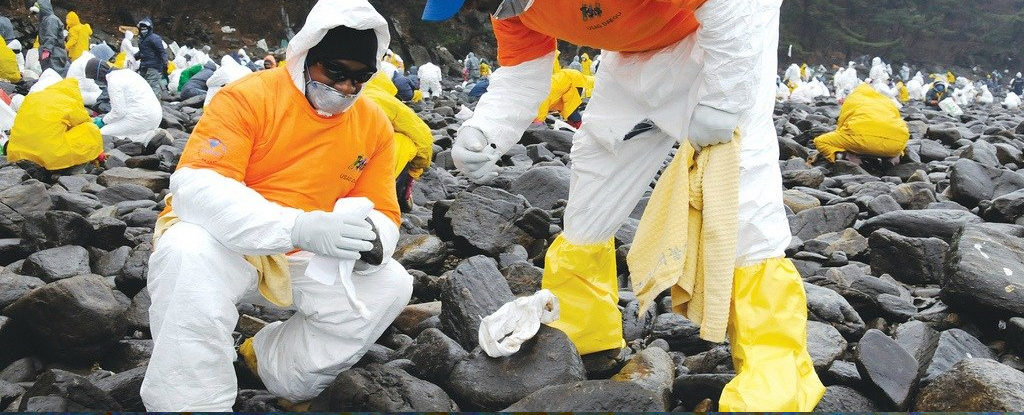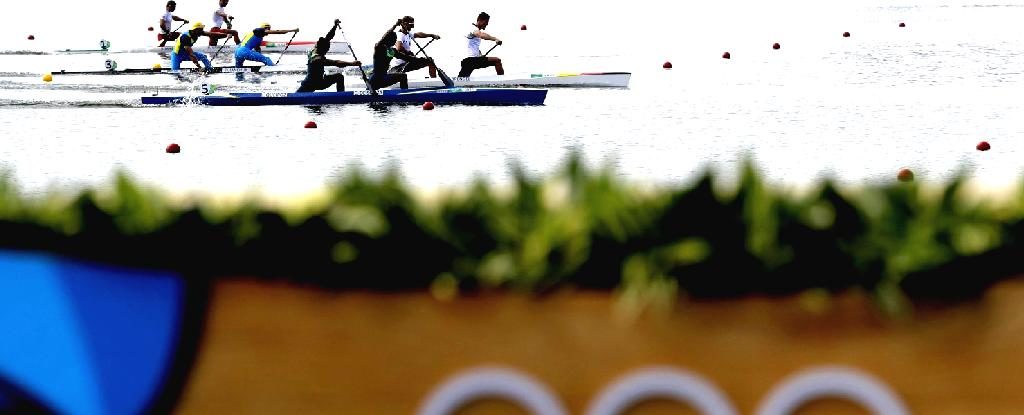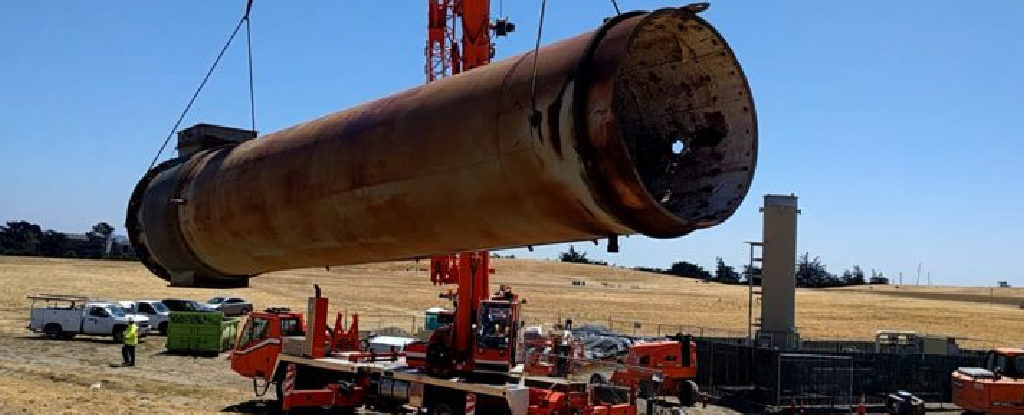In 2010 the Deepwater Horizon oil spill released an estimated 4.2 million barrels of oil into the Gulf of Mexico – the largest offshore spill in US history. The spill caused widespread damage to marine species, fisheries, and ecosystems stretching from tidal marshes to the deep ocean floor.
Emergency responders used multiple strategies to remove oil from the Gulf: they skimmed it from the water’s surface, burned it and used chemical dispersants to break it into small droplets.
However, experts struggled to account for what had happened to much of the oil. This was an important question, because it was unclear how much of the released oil would break down naturally within a short time.
If spilt oil persisted and sank to the ocean floor, scientists expected that it would cause more extensive harm to the environment.
Before the Deepwater Horizon spill, scientists had observed that marine bacteria were very efficient at removing oil from seawater. Therefore, many experts argued that marine microbes would consume large quantities of oil from the BP spill and help the Gulf recover.
In a recent study, we used DNA analysis to confirm that certain kinds of marine bacteria efficiently broke down some of the major chemical components of oil from the spill. We also identified the major genetic pathways these bacteria used for this process, and other genes, which they likely need to thrive in the Gulf.




